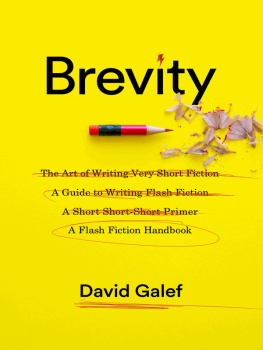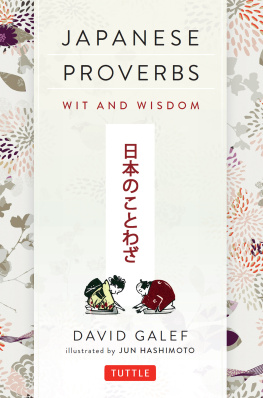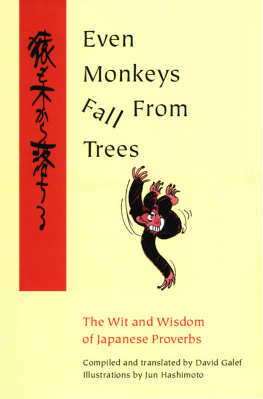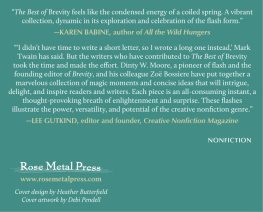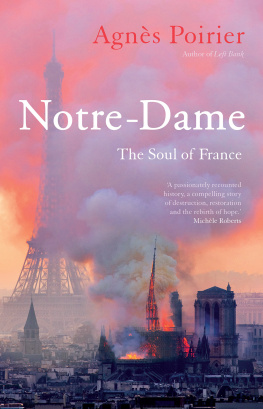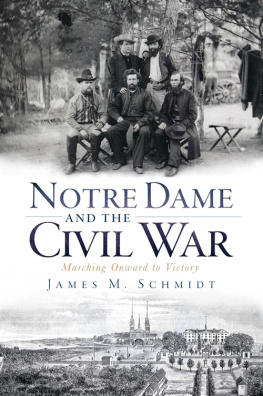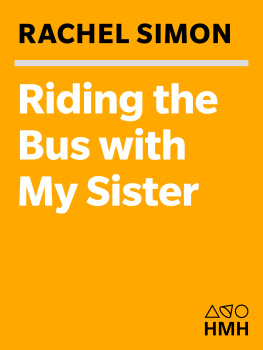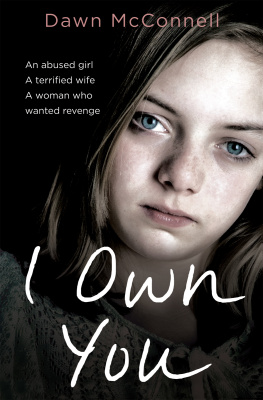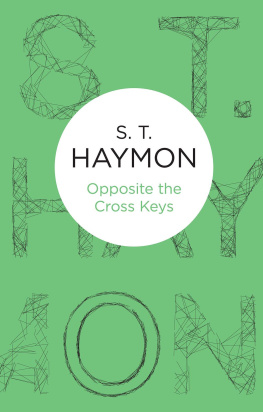Table of Contents
Brevity
COLUMBIA UNIVERSITY PRESS
Publishers Since 1893
New York Chichester, West Sussex
cup.columbia.edu
Copyright 2016 David Galef
All rights reserved
E-ISBN 978-0-231-54313-2
Library of Congress Cataloging-in-Publication Data
Names: Galef, David, author.
Title: Brevity : a flash fiction handbook / David Galef.
Description: New York : Columbia University Press, 2016. | Includes bibliographical references and index.
Identifiers: LCCN 2016019207 (print) | LCCN 2016032149 (ebook) | ISBN 9780231179683 (cloth : alk. paper) | ISBN 9780231179690 (pbk. : alk. paper) | ISBN 9780231543132 (e-book)
Subjects: LCSH: Flash fictionAuthorship. | Flash fictionTechnique.
Classification: LCC PN3377.5.F53 G35 2016 (print) | LCC PN3377.5.F53 (ebook) | DDC 808.3/1dc23
LC record available at https://lccn.loc.gov/2016019207
A Columbia University Press E-book.
CUP would be pleased to hear about your reading experience with this e-book at .
COVER AND BOOK DESIGN BY VIN DANG
COVER PHOTOGRAPH BY ALEXIA GALATI
Contents
READINGS
Merilee Faber: We came around the corner
Dean Clayton Edwards: It was pretending
Davian Aw: She raised the glass
Augusto Monterroso: The Dinosaur
THE WRITING OF A BOOK LIKE THIS involves a lot of people. Id like to thank all the contributing writers in these pages, authors whose work shows how much you can do in a small space. Im also grateful to the staff at Columbia University Press, especially Philip Leventhal and Justine Evans, without whose support this textbook might never have seen print. Colleagues of mine at Montclair State University, namely, Lee Behlman, Caroline Dadas, Jon Greenberg, Emily Isaacs, Naomi Liebler, and Jeffrey Miller, made valuable suggestions during a campus presentation on flash fiction. Manuscript readers to whom Im indebted include Eileen Pollack, Michael Martone, and Fred Leebron. Many in the flash fiction anthology business were kind enough to provide tips, particularly that inveterate editing duo James Thomas and Robert Shapard, shepherds of the Sudden Fiction series, also Tara Masih, coeditor of Best Small Fictions; Tara Laskowski at SmokeLong Quarterly; Robert Swartwood of Hint Fiction; Tom Hazuka and Mark Budman, longtime editors of flash fiction collections of many stripes; Abigail Beckel and Kathleen Rooney of Rose Metal Press; and Erin McKnight at Queens Ferry Press. The translator Margaret Jull Costa provided advice about Spanish translations.
Im especially grateful to my wife, Beth Weinhouse, who, despite her busy schedule, always made time to look at a few pages or listen to me perorate. Im also in debt to my son, Daniel Galef, an astute reader and writer who helped with everything from fiction selections to tracking down authors in their electronic lairs.
WHATS USUALLY UNDER 1,500 WORDS, feels like a short story, and is read all over?
Flash fiction.
Several decades ago, flash fiction pieces were known as short-shorts, sometimes confused with an item of clothing that came to midthigh or higher. More recently, flash fiction, once used to label anything even briefer than a short-short, has become the catchall term for any minuscule narrative. The results can be provocative, amusing, hard-hitting, or enigmatic. Does size matter? Paradoxically, leaving out material can make a piece of fiction feel more expansive. Good flash fiction often relies on the art of implication rather than statement, depending on suggestions that lead to a large, unspoken whole. This idea is what Robert Browning alludes to in his poem on the Renaissance painter Andrea del Sarto when he writes less is more. Flash fiction may also be compressed, and with pressure comes intensity, another reason that flash fiction has won so many fans. As one reader described it, Its like someones telling me an urgent message, and Id better listen. A good piece of flash fiction doesnt just exist; it happens. It has, in the words of one fiction-workshop participant, the immediacy of a newsfeed.
Yet flash fiction has been around since the beginning of fiction, especially if you include short narrative lyrics, Aesops fables, and biblical stories. Sei Shnagons Pillow Book from 11th-century Japan features short sketches that could qualify, as does the 14th-century Italian Decameron, by Boccaccio. American authors including Edgar Alan Poe and Ernest Hemingway dabbled in the form, and during the golden age of the American short story, from the 1920s through the 1950s, flash fiction flourished here and there. I have on my bookshelf a volume entitled The Best Short Shorts of 1932, edited by Paul Ernest Anderson and Lionel White and published by G. P. Putnams & Sons, as well as the Anthology of Best Original Short-Shorts series inaugurated by Robert Oberfirst in the 1950s.
But the form didnt truly achieve critical mass until Robert Shapard and James Thomass anthology Sudden Fiction in 1986. There, under the banner of the new, were seventy narratives ranging from one to five pages. Because of their quick impact, the original term was blasters, and the title Sudden Fiction carried from anthology to anthology in a growing series. Yet the name short-shorts stuck, from the first anthologys subtitle, American Short-Short Stories. Fiction workshops embraced the form, and it began to spread. As the form proliferated, it began to spawn smaller versions: flash fiction, which achieved its effects in about 5001,000 words, and microfiction, which did the same in 250500 words (though these limits were hardly universally agreed on).
Whats the limit of vanishing returns? A magazine called NFG some years ago ran a fiction contest that restricted all entries to 69 words, and 55 is another formula thats been tried. A recent Norton anthology, edited by Robert Swartwood and Natalie McNabb, is called Hint Fiction: An Anthology of Stories in 25 Words or Fewer. These days, you can see a lot on the Web, including two-sentence horror stories and nanofiction, also known as Twitter fiction or Twiction, weighing in at only 140 characters, including punctuation and blank spaces.
Hemingway is famous for supposedly constructing a short story in six words: For sale: baby shoes, never worn. The boast is probably apocryphal (Hemingway scholars have been unable to find any record of it), but the story remains in wide currency. The image is poignant and haunting because it is incomplete: Are the shoes being sold because the infant died, or was the original purchase based on a hoped-for event that never happened? What do the shoes look like, whos selling them, and in what state of mind? For everything left out, an image or narrative segment comes to mind.

